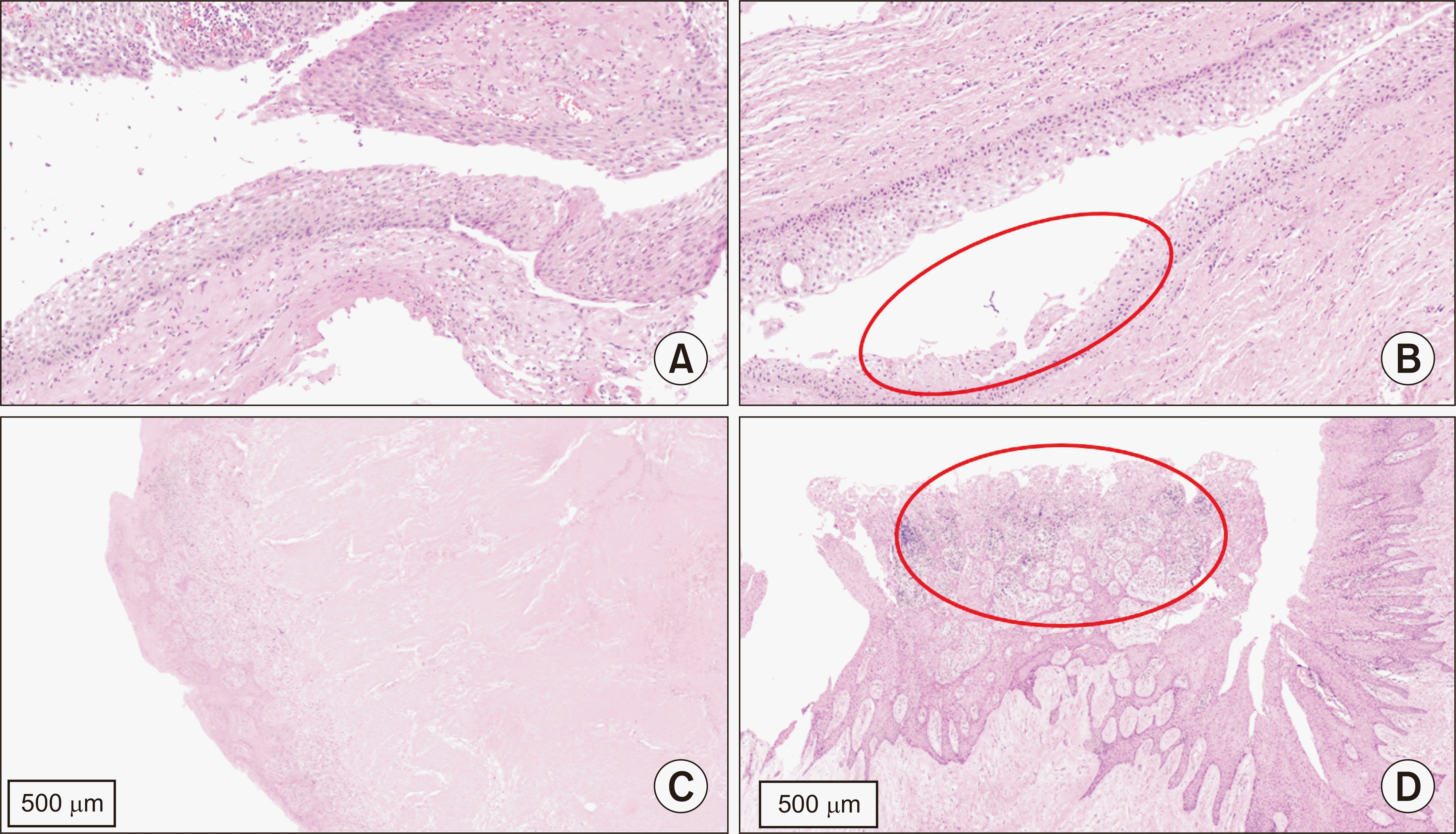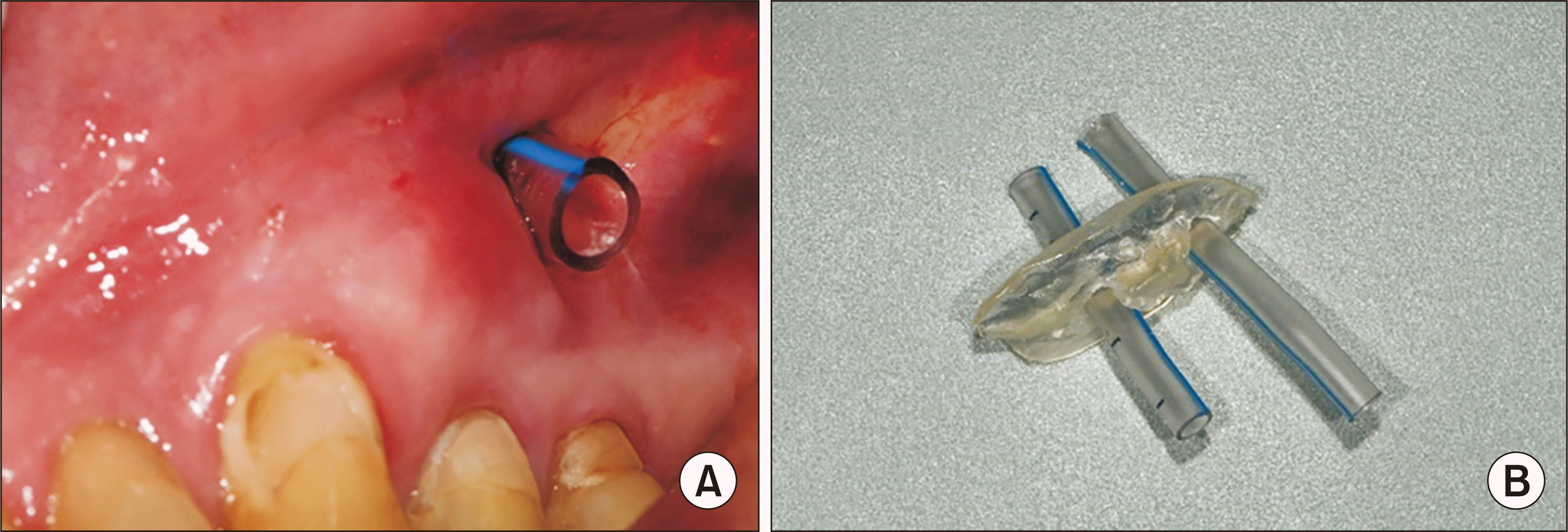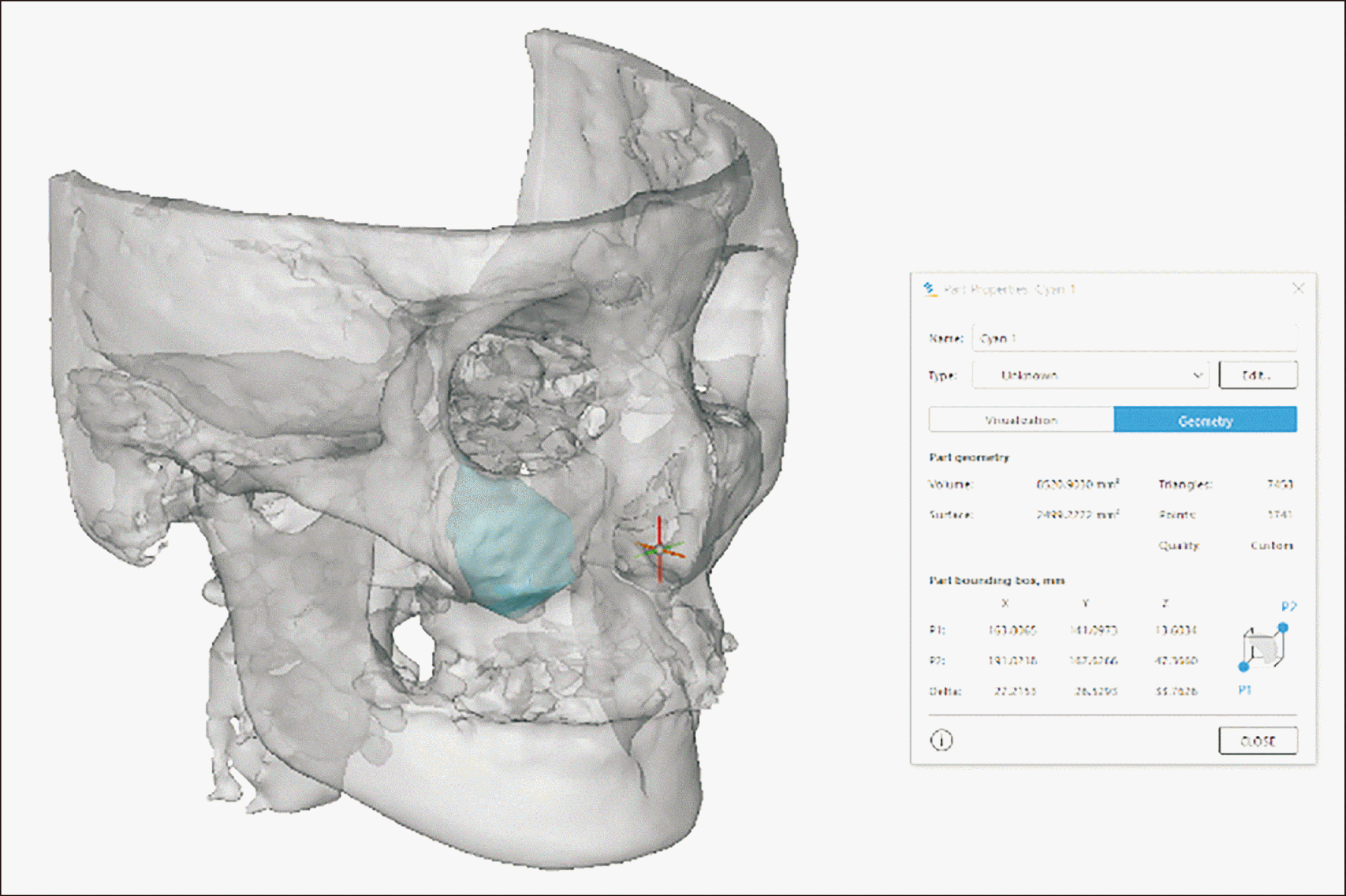5. Nakamura N, Mitsuyasu T, Mitsuyasu Y, Taketomi T, Higuchi Y, Ohishi M. 2002; Marsupialization for odontogenic keratocysts: long-term follow-up analysis of the effects and changes in growth characteristics. Oral Surg Oral Med Oral Pathol Oral Radiol Endod. 94:543–53.
https://doi.org/10.1067/moe.2002.128022. DOI:
10.1067/moe.2002.128022. PMID:
12424446.

8. Cranin AN, Madan S, Fayans E. 1994; Novel method of treating large cysts of jaws in children. N Y State Dent J. 60:41–4.
14. Litvin M, Caprice D, Infranco L. 2008; Dentigerous cyst of the maxilla with impacted tooth displaced into orbital rim and floor. Ear Nose Throat J. 87:160–2. DOI:
10.1177/014556130808700313. PMID:
18404914.
22. Khavid A, Sametzadeh M, Godiny M, Moarrefpour MM. 2021; Comparison of the hounsfield unit values obtained from cone-beam computed tomography (CBCT) and multidetector computed tomography (MDCT) images for different bone densities. J Contemp Med Sci. 7:92–5. DOI:
10.22317/jcms.v7i2.943.

30. Kim SM, Chung SW, Cha IH, Nam W. 2009; Normal eruption guidance of unerupted permanent teeth associated with dentigerous cyst by decompression: 5 cases report. J Korean Assoc Oral Maxillofac Surg. 35:271–5.





 PDF
PDF Citation
Citation Print
Print






 XML Download
XML Download